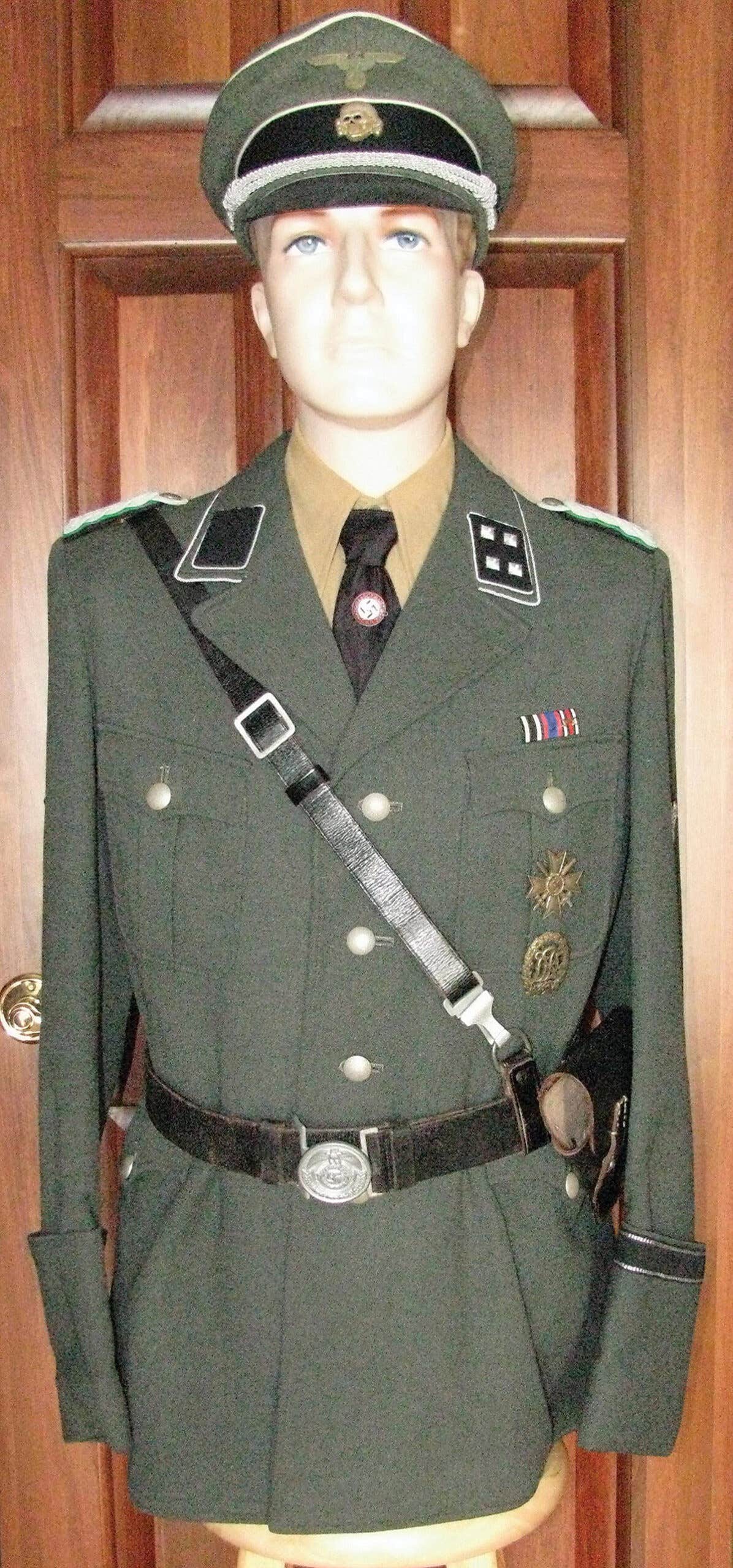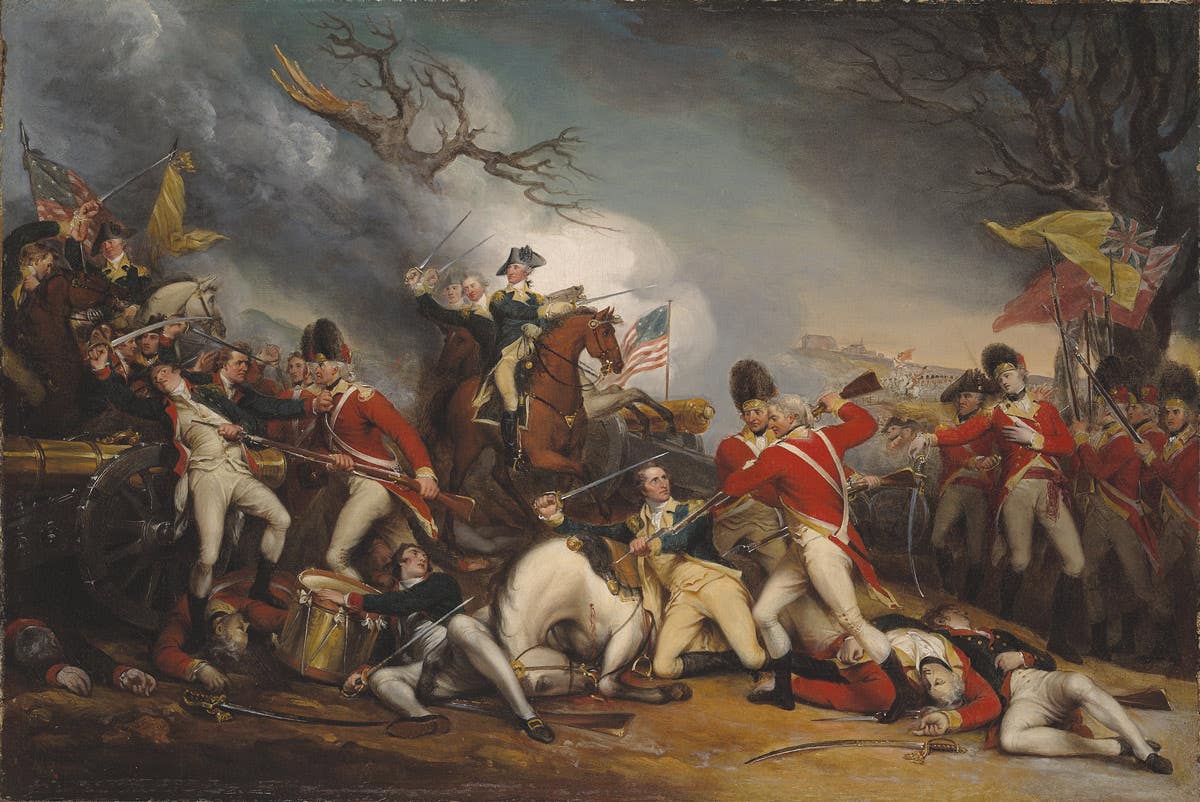Could this be Hitler’s chair?
By Chris WIlliam In 1946, Dr. Strangstalien, a U.S. Army officer and dentist, was in the Army of Occupation, stationed near Berchtesgaden, Germany. While serving his tour in the former…
By Chris WIlliam
In 1946, Dr. Strangstalien, a U.S. Army officer and dentist, was in the Army of Occupation, stationed near Berchtesgaden, Germany. While serving his tour in the former enemy territory, the doctor decided to continue his hobby of acquiring antique floor clocks in his off time. Overhearing a conversation about the Doctor’s interests, one of the German civilian workers, who was employed as a domestic at the camp, told the officer that he had a number of clocks at his farm that he would be happy to sell— he was in need of money in the poor economy following Germany’s devastation during the war.
They went to the farmer’s home, where the officer observed several non-descript clocks in an outbuilding, nne of which he found worth the small amount of money being asked. As he looked around the barn, he noticed a chair leg sticking out from under a tarp in a corner. When he raised the covering to see what was beneath the German became quite alarmed, thinking that he might get into trouble, and begged the officer to not tell anyone of his find.
Underneath was a Nazi-themed peasant’s chair with a large eagle and swastika carved into the backrest. The farmer said that after Adolf Hitler’s summer alpine home, the Berghof, had been bombed, local citizens looted it. When the U.S. soldiers took possession of what was left and hauled out what they did not want to be burned.
The farmer rescued the chair from a small pile and smuggled it back to his home, though he could have been turned into the authorities and punished for keeping it. After calming the farmer down, Dr. Strangstalien purchased the chair from him and sent it back his home in Wisconsin.
The hardwood piece is a standard style table chair as is found in the southern part of Germany, with the exception of the richly carved backrest of a full, semi-closed winged eagle perched on an oak leaf circle containing a blackened, static swastika. Oak leaves are cut into either side of the lower half of the circle, and the date 1933 is carved on either side of the upper half. With the large amount of wood carvers located in the Berchtesgaden area, the chair was possibly a presentation piece, given to Hitler by the local people on his ascension to power as the head of state in 1933.
The chair back and seat are hand-carved with machine-turned, sculpted legs. No hardware was used in its assembly. The back slides through squared holes in the seat and are secured, along with the legs, by wooden cross members that are held in place with small triangular wooden pegs.
First thought to be “one-of-a-kind,” another example of this style of chair can be viewed at the Boston, Mass. Museum of WWII (www.museumofwwii.com). The chair in their collection was taken from Heinrich Himmler’s vacation home at Tergensee, (a lake area also located in the Bavarian countryside) by a U.S. Army intelligence officer. In his home, Himmler placed that particular chair in an “area of prominence.” It is possible that each of these chairs were part of a set presented to Hitler, who then divided them, keeping one for himself, and giving the others as gifts to his top henchmen.
Chris William has been a long-time member of the collecting community, contributor to Military Trader, and author of the book, Third Reich Collectibles: Identification and Price Guide.
"I love to learn new facts about the world wars, and have had the good fortune to know many veterans and collectors over the years."
"Please keep their history alive to pass on to future generations".







